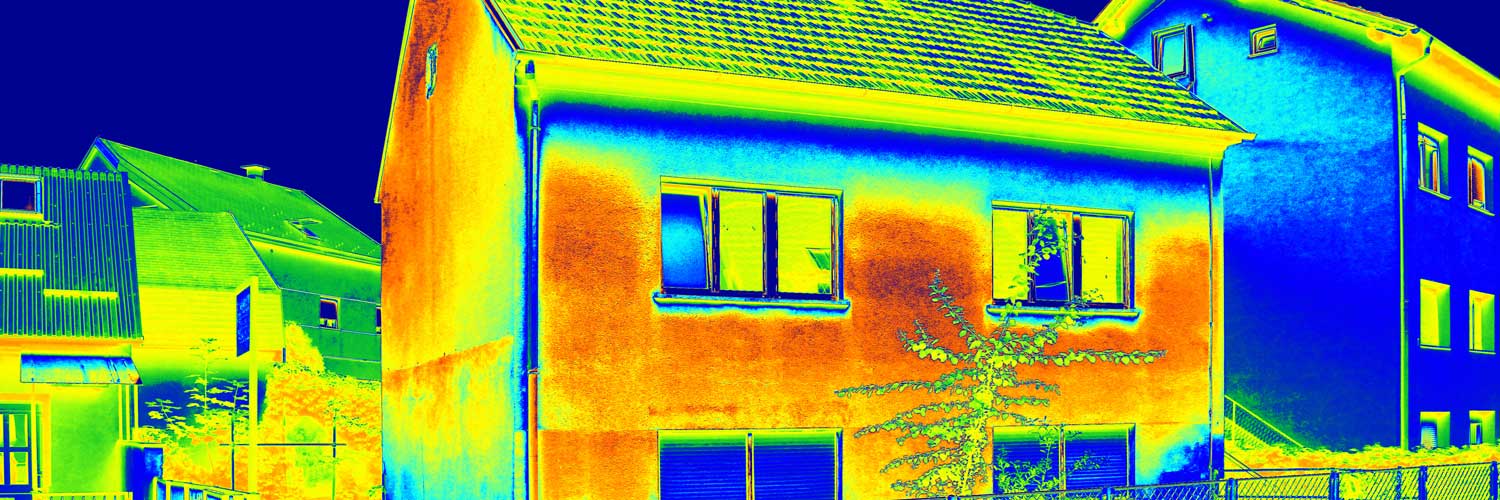What is a Blower Door Test and Why it Matters for Your Home’s Energy Efficiency
energy efficient insulation | energy efficiency | foam university


If your energy bills are higher than you’d like, or you’re dealing with hot and cold spots in your home, there could be a hidden culprit quietly wreaking havoc: air leaks.
There’s one tool that building science pros swear by to track down those leaks, and it’s the blower door test.
In this article, we take you step-by-step through what a blower door test is, how it works, and what the results mean for your home’s comfort and efficiency. Whether you’re a curious homeowner or planning a foam insulation upgrade, here’s everything you need to know about blower door testing.
What is a Blower Door Test?
Let’s start with the basics.
A blower door test is used to determine the amount of air leaking into and out of a home, according to the U.S. Department of Energy. It’s a diagnostic tool that gives hard data on the energy efficiency of the building envelope.
During the test, a large fan is temporarily installed in an exterior door. That fan pulls air out of the home, lowering the indoor air pressure. This allows outside air to flow in through gaps, cracks, crevices, and any other areas where air is leaking.
That’s the key: the fan exposes all the places that conditioned air is escaping, and where unconditioned air is sneaking in. The result? A clear measurement of the home’s air leakage.
Why is Blower Door Testing Important?
The blower door test does more than find drafts.
The test provides homeowners with measurable proof of their home's air tightness or leakiness.
- If the HVAC system is working overtime, a blower door test can show exactly how much air a home is losing.
- It provides a baseline reading before air sealing or insulation upgrades are made.
- Once the upgrades are complete, a second test measures the improvement in the home’s airtightness.
For example, in the Foam U episode above, the first blower door test showed 3,516 CFM (cubic feet per minute) of air exchange. After sealing with foam insulation, that number dropped to 2,655 CFM – a big improvement in energy efficiency.
How a Blower Door Test Works
Now let’s break down the process.
Step 1: Setting Up for the Test
- The technician picks an exterior door, usually the front one (no garage doors).
- All exterior windows and doors are closed, while interior doors remain open.
- The furnace or HVAC system is shut off to avoid interference.
Step 2: Installing the Blower Door Test Equipment
- A frame and flexible panel are placed in the door opening.
- A powerful fan is mounted in the panel.
- This setup is connected to a pressure gauge and airflow meter.
Step 3: Running the Test
- The fan pulls air out of the home, lowering pressure to 50 pascals – a standard level for testing.
- The equipment measures air flow in cubic feet per minute (CFM) over a period of approximately 90 seconds to 2 minutes.
Interpreting the Results
The number the technician gets – CFM at 50 pascals – tells them how much air the home exchanges per minute.
- A high CFM means lots of leaks. The home is losing energy fast.
- A low CFM can mean the home is sealed tightly, but if it’s too low, it might need extra ventilation.
- A good baseline CFM often matches the home’s square footage.
For reference, our sample home initially measured 3,516 CFM and decreased to approximately 2,655 CFM after air sealing was completed. That’s nearly a 25 percent reduction in air leakage.
Why Foam Insulation and Blower Door Testing Go Hand-in-Hand
Foam insulation, such as RetroFoam, doesn’t just resist heat; it also creates an effective air seal.
By running a blower door test before and after installation, you can see the airtightness improvements with hard data. It’s one of the best ways to demonstrate the value of sealing up the building envelope.
And yes, we’re big fans of blower door tests… pun absolutely intended.
Want to learn more about how air sealing and foam insulation can transform your home? Check out the Learning Center for more articles, videos, and resources.
Key Points:
- A blower door test is used to determine air leakage in a home by measuring airflow at 50 Pascals of pressure.
- It’s done by installing blower door test equipment – a fan, flexible panel, and pressure sensors – in an exterior door.
- The test measures cubic feet per minute (CFM) of air exchange, helping to identify gaps and inefficiencies.
- Lower CFM after air sealing means better energy efficiency and comfort.
- Foam insulation can drastically improve blower door test results by creating a continuous air barrier.
- Blower door testing gives you hard numbers and visual proof of how well your home holds conditioned air.
Related Articles
What is Air Sealing Your Home with RetroFoam Insulation?
About Amanda Emery
Amanda previously has worked as a breaking news and crime reporter, TV news producer, and editor. As a journalist, she has won several awards from The Society of Professional Journalists - Detroit Chapter and the Michigan Press Association. Amanda uses her experience as a journalist to write content that will help educate homeowners on foam insulation benefits. When Amanda isn’t writing, she’s spending time with her husband Chris, daughter Lilith-Maeve, and rescued huskies Danger and Wendigo. She also loves knitting, making art, and cooking.


